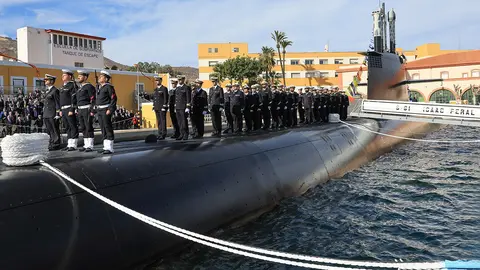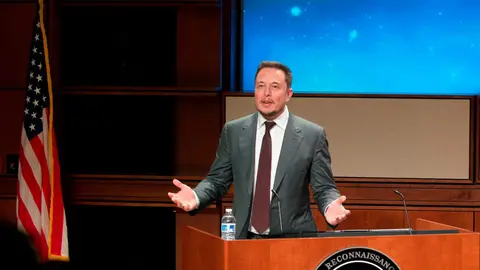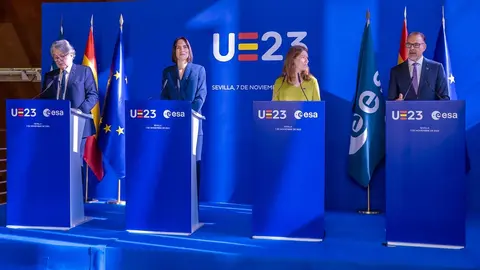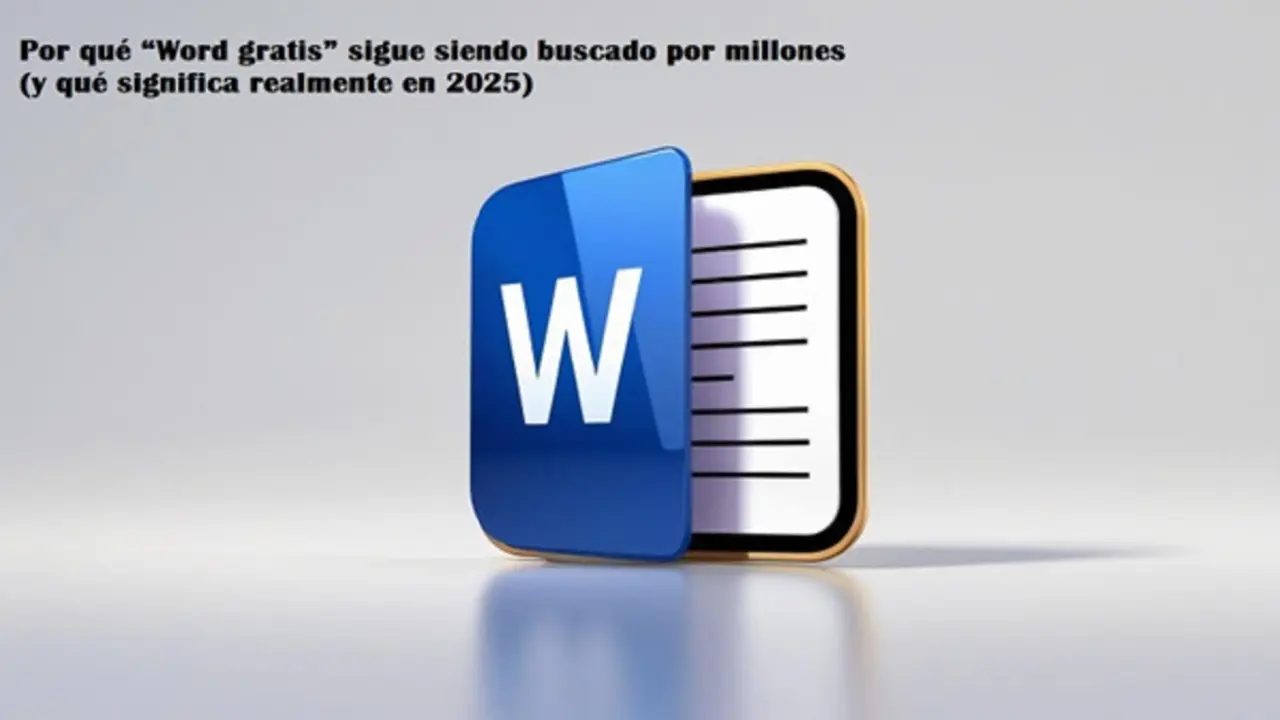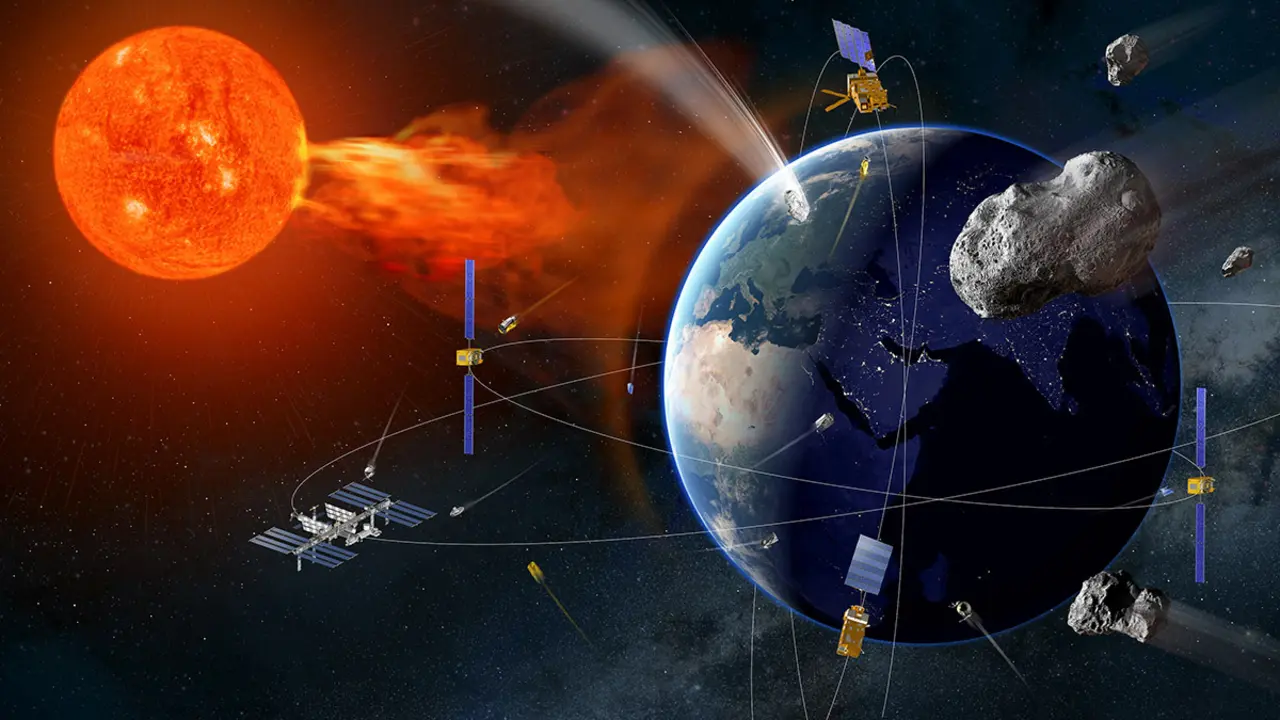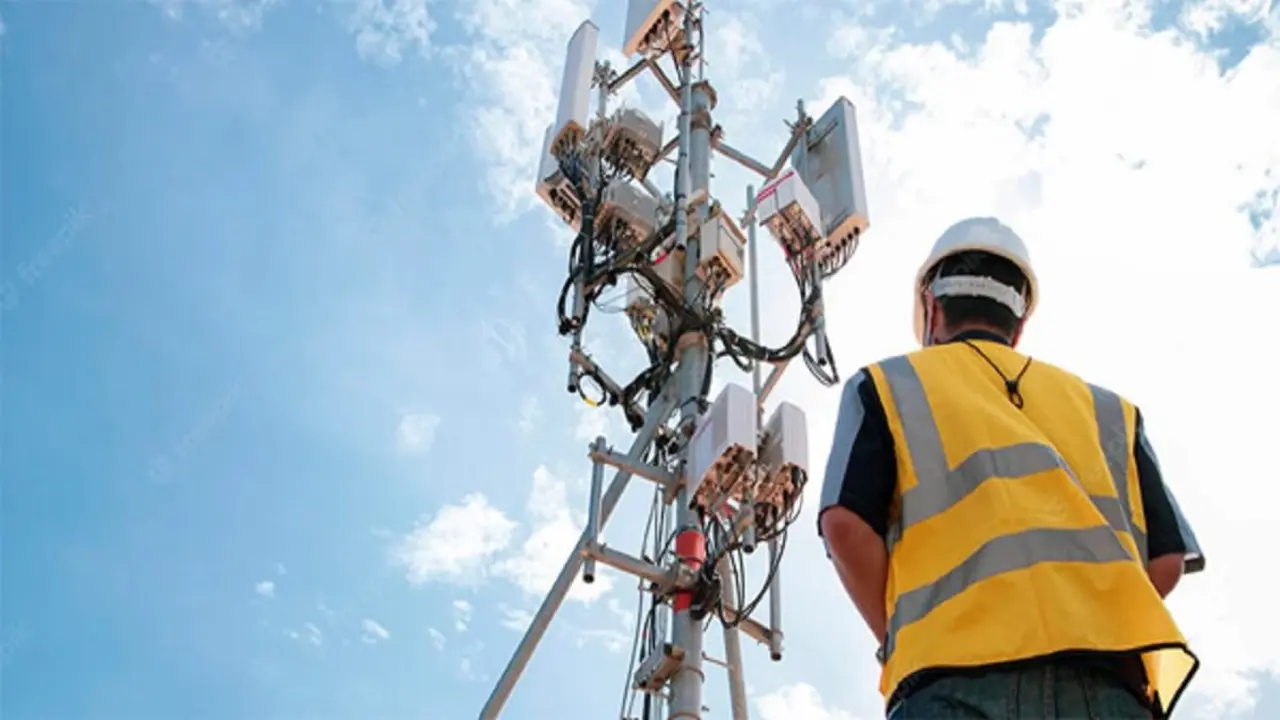Europe's credibility as a world reference space power will be at stake in 2024.
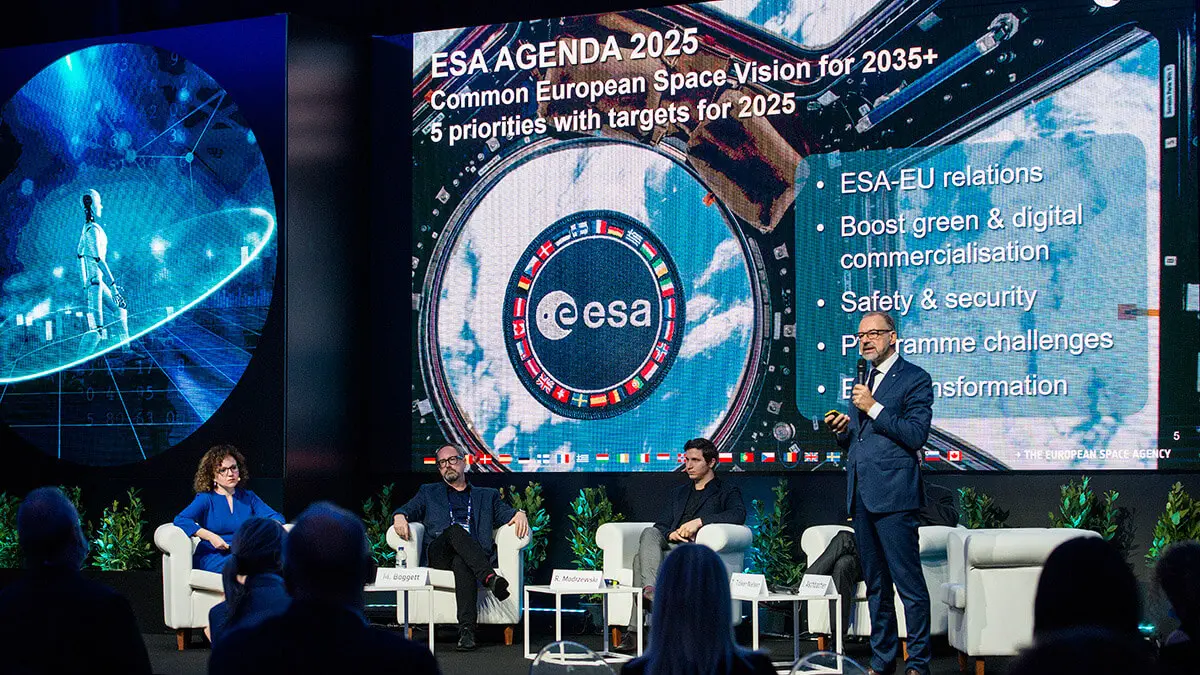
The Director General of the European Space Agency (ESA), the Austrian Josef Aschbacher, used all his personal talents in front of an audience attentive to his every word and gesture to convince that the organisation he heads wants to continue to be considered a world reference space power in 2024.
The head of ESA presented his expectations and ambitions for the current year at the agency's headquarters in central Paris. Aschbacher was accompanied by the directors of Navigation, Spain's Javier Benedicto, of Earth Observation, Italy's Simonetta Cheli, and the new head of Space Transportation, Denmark's Toni Tolker-Nielsen.
Josef Aschbacher emphasised two key issues. Firstly, that the European agency is ready and making every effort to re-establish its lost capabilities for independent access to space by next summer. Secondly, the high budget for the current year, which will allow it to sign "more than 1,500 contracts, maintain 27 satellites in service and continue with the preparation of more than 40 space missions".

The funds approved for 2024 represent the largest investment and expenditure figure in the history of the intergovernmental organisation. They amount to 7,785.1 million euros, which is the sum of four major capitals and is around 10% more than the previous year's budget.
The largest item corresponds to the contributions made by the 22 European member states of the ESA, which amount to 5,024.9 million, or 64.55% of the total budget. This is followed by the European Union's contribution of 1,822.6 million (23.41%), dedicated to the agency's development and construction of the new satellites of the European constellations Copernicus and Galileo, and to keeping them in operation. In addition, to provide expertise in the Iris2 secure communications constellation.

More than 1 billion for Galileo
To the above must be added the expected revenues from activities and services ESA provides to third parties, which require 821.2 million (10.55%). Finally, there is the allocation of 116.4 million - equivalent to 1.5% of the overall budget - from Eumetsat, the European Organisation for the Exploitation of Meteorological Satellites. It owns the Meteosat platforms that provide Europeans with weather forecasts, which ESA develops, manufactures and puts into orbit.
All the money collected by ESA for the 2024 budget is spent on different areas of activity. The biggest beneficiary is the Earth observation programmes, which in 2023 absorbed 1,768.7 million, but now stands at 2,372.4 million, no less than 30.5 per cent of the total funds. The data and images provided by the seven Sentinel remote sensing satellites of the European Union's Copernicus constellation operated by ESA are in high demand internationally.
Copernicus has more than 100,000 registered subscribers worldwide, who can access more than 65 Petabits of up-to-date satellite data providing different parameters on the health of the Earth, the evolution of climate change and natural disasters. Each Petabit is equivalent to 1,024 Terabits, and by 2024, Simonetta Cheli has calculated that the Sentinel satellites will "be delivering 350 Terabits to Earth every day".
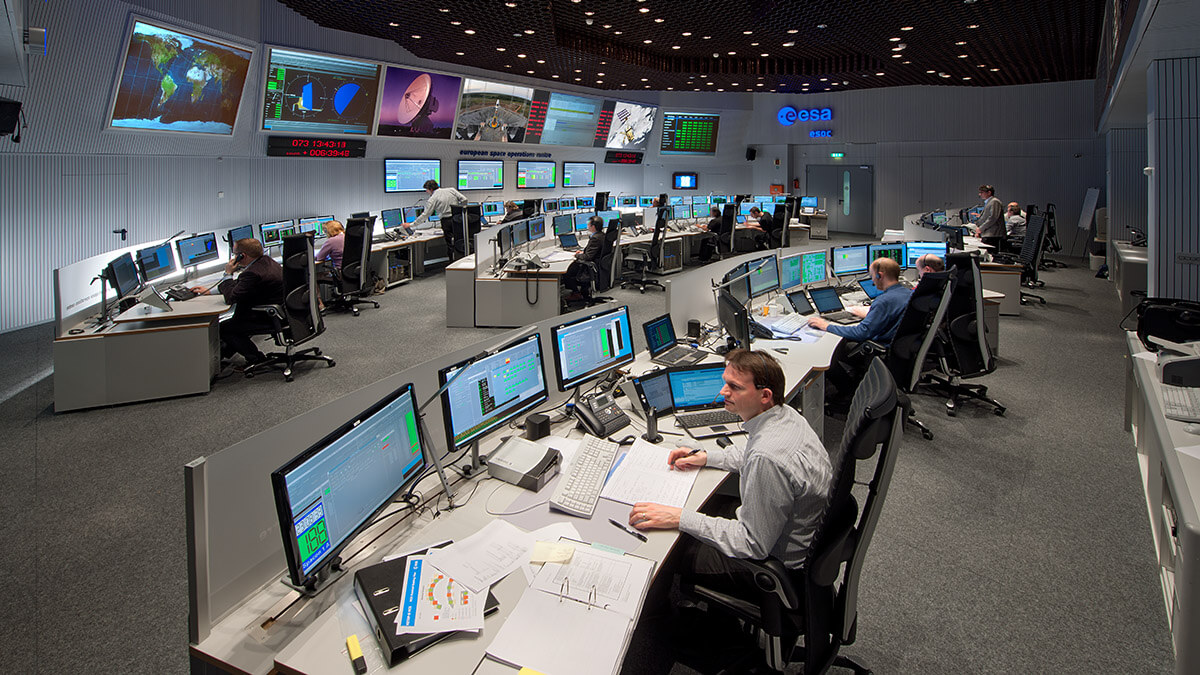
The development of the Galileo space navigation and positioning system, "the most accurate in the world" according to ESA, is under the command of Spain's Javier Benedicto. It has an allocation of 1,051.1 million (13.5%), to maintain and replenish those in orbit and build a new generation of devices.
But in 2024 its main challenge is to launch four new Galileos with Elon Musk's US Falcon 9 rocket, "two in April and another two between July and September", confirmed Aschbacher. The aim is to strengthen the constellation and improve the services it provides to many millions of private users and companies around the world involved in land, sea and air transport.
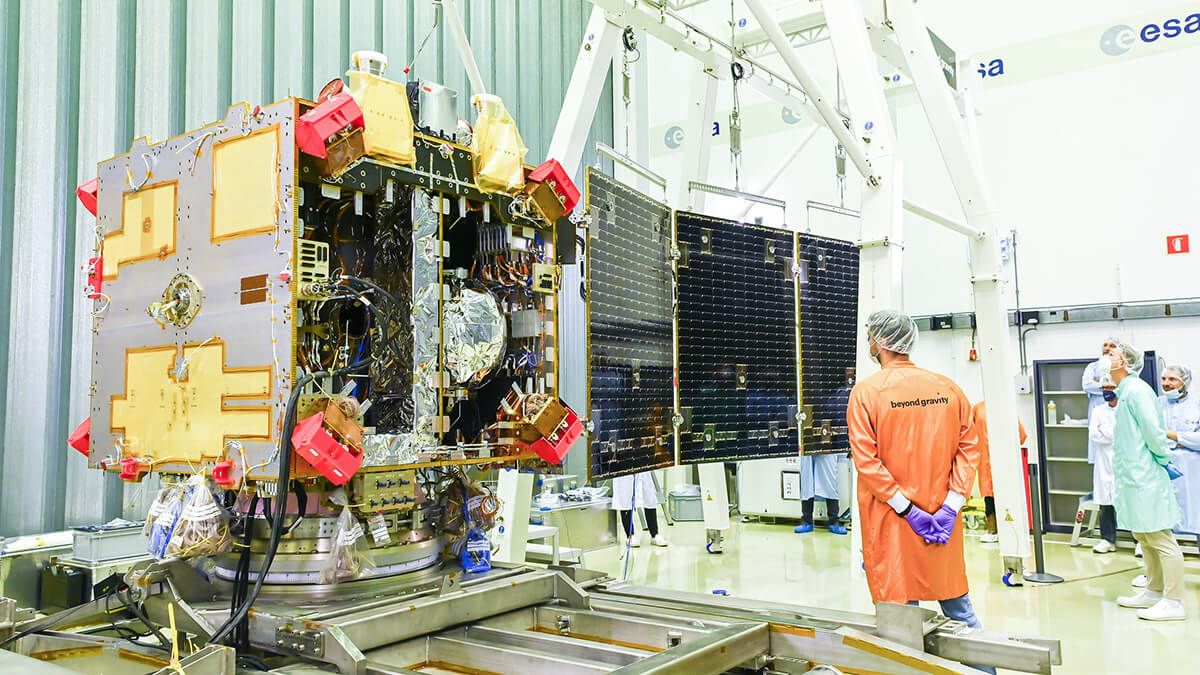
Exciting second half of the year
Space transport accounts for 1,032.7 million, 13.3% of the budget. The Agency has scheduled eight satellite launch missions, three of which are of major importance: the Hera planetary defence mission, the EarthCARE Earth environmental observation mission and Proba-3.
Hera and EarthCARE will fly into space on US Falcon 9 rockets. Proba-3, which are two platforms whose prime contractor is the Spanish company Sener Aerospace, will be launched into orbit simultaneously from the Satish Dhawan Space Centre on an Indian Space Research Organisation (ISRO) PSLV launcher. Both will cruise in formation with unmatched precision to study the Sun's faint corona and its surrounding atmosphere.
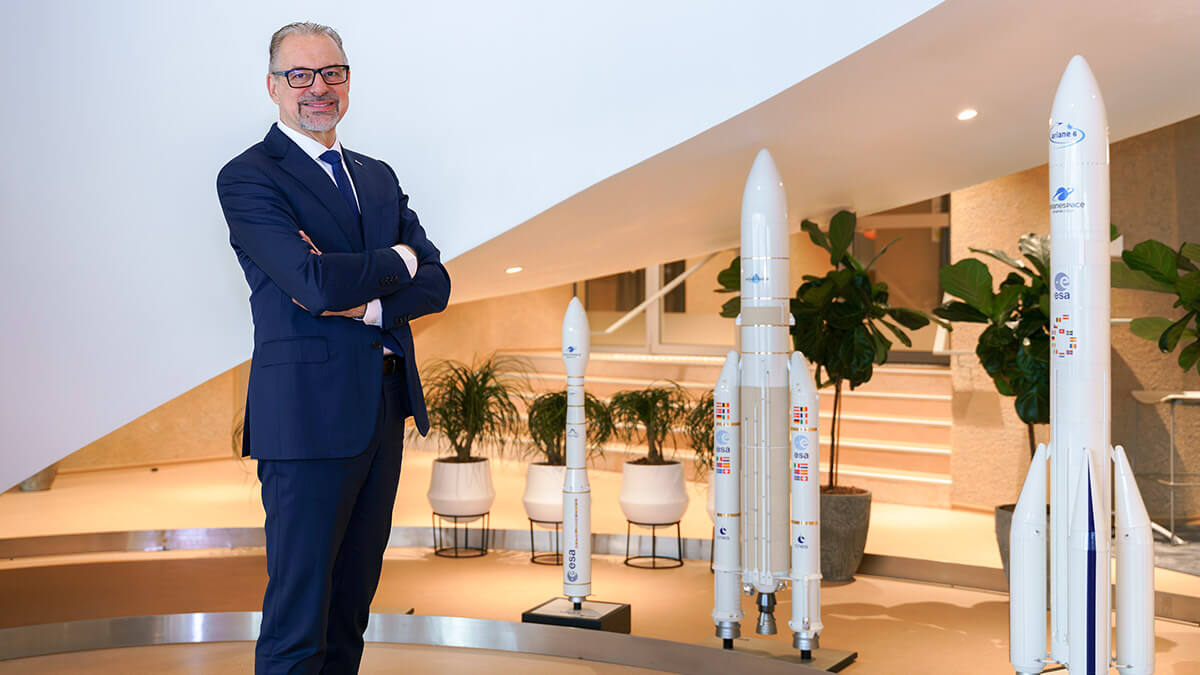
Of the eight planned launches, only two will be European rockets taking off from Guyana. The most important and decisive is the long-awaited since 2020 maiden flight of Ariane 6, which is scheduled between mid-June and the end of July. An entirely new design, its upper stage can be re-ignited several times to deploy constellations of satellites in different orbital positions, a capability not available to its predecessor, Ariane 5, which has been out of service since its final flight on 5 July.
Also important is the return to service of the Vega-C, which Space Transport Director Toni Tolker-Nielsen said would be "by mid-November or, at the latest, before the end of the year". The launcher has been undergoing overhaul and upgrades since its second launch failed on 21 December 2022 due to a malfunction of the Zefiro 40 engine on its second stage.
.
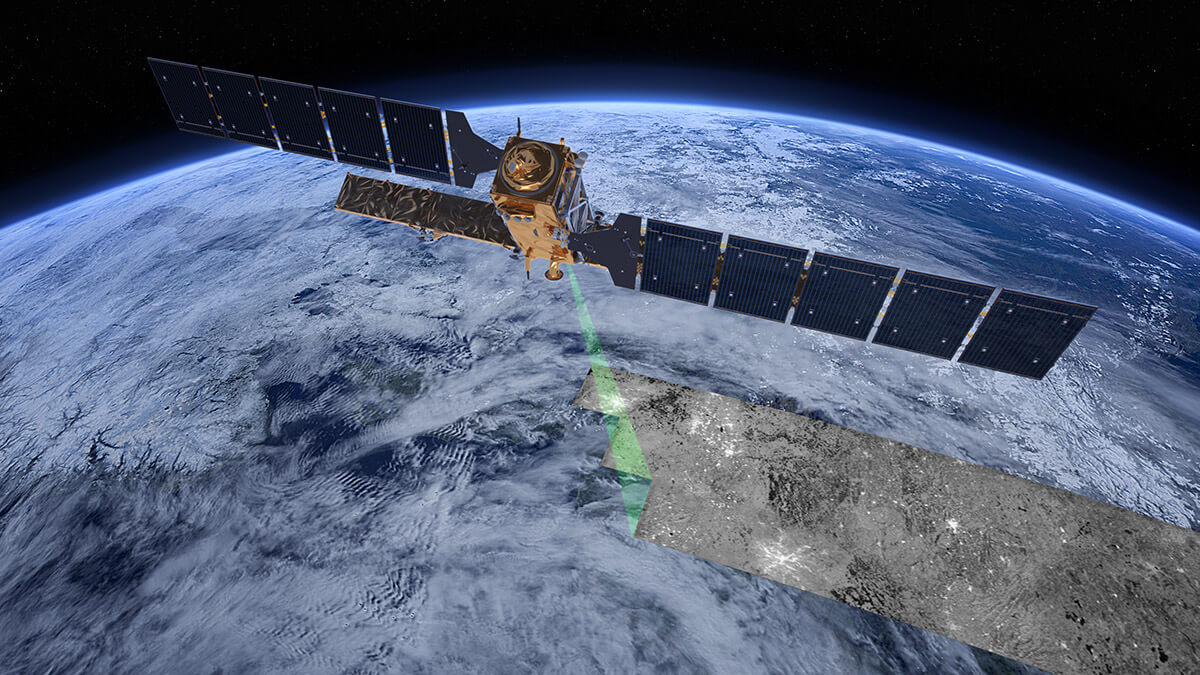
The third Vega-C firing is planned to carry the Sentinel-1C radar technology satellite, whose urgent positioning in space is to replace the failed Sentinel-1B, out of service since August 2022 due to a failure of its electronics. However, it is very risky for the next Vega-C flight to carry the new radar satellite. A reliable launcher, such as Falcon 9, would make sense.
Earth Observation director Simonetta Cheli confirmed that "ESA has assessed all the risks, passed them on to Brussels - the satellite's owner - and we will take a final decision in the coming weeks. All in all, Sentinel 1-C is very likely to be the seventh European satellite to travel into space on a US Falcon 9 in 2024. As the Spanish saying goes, "a la fuerza ahorcan".


